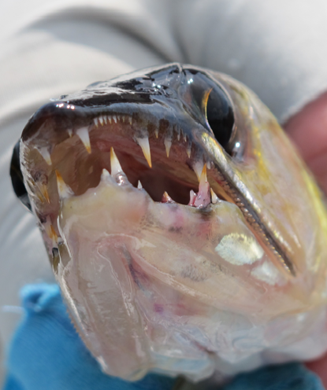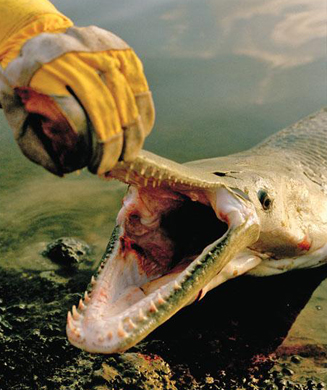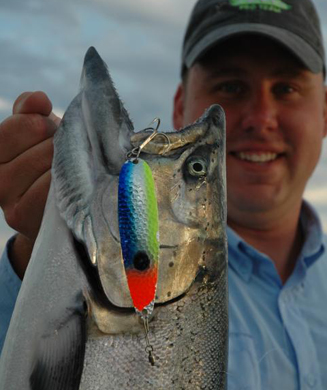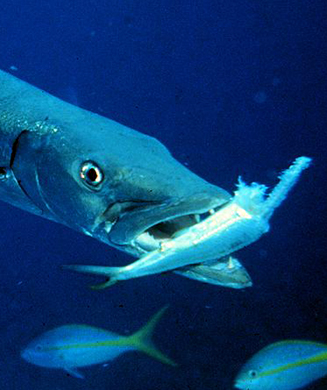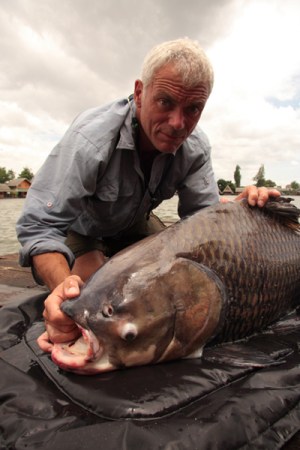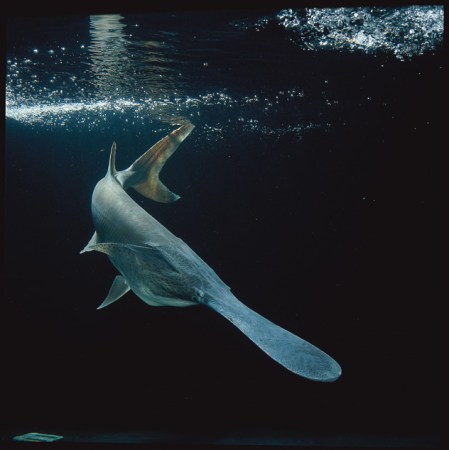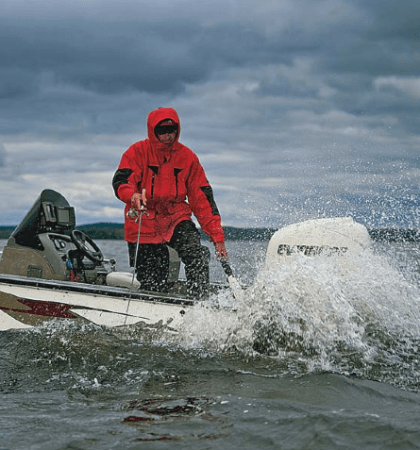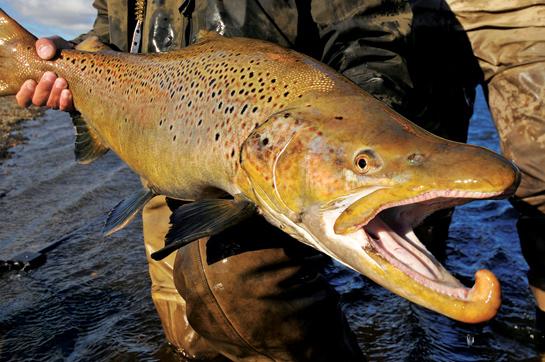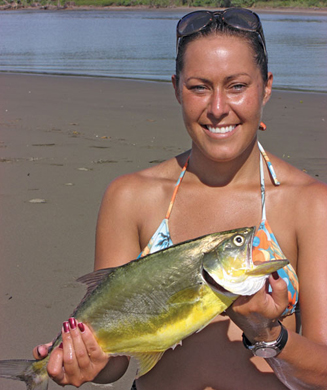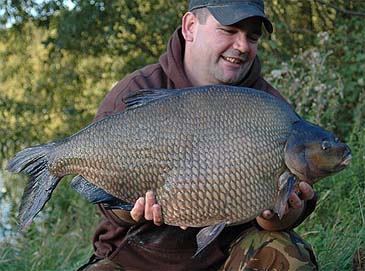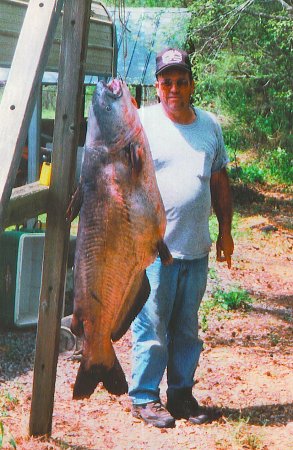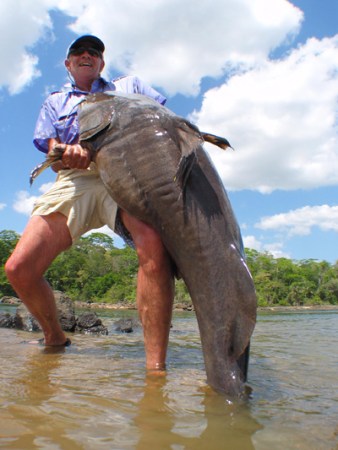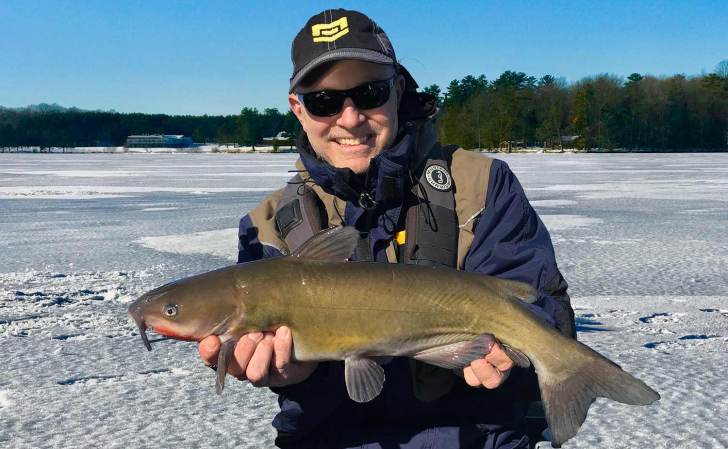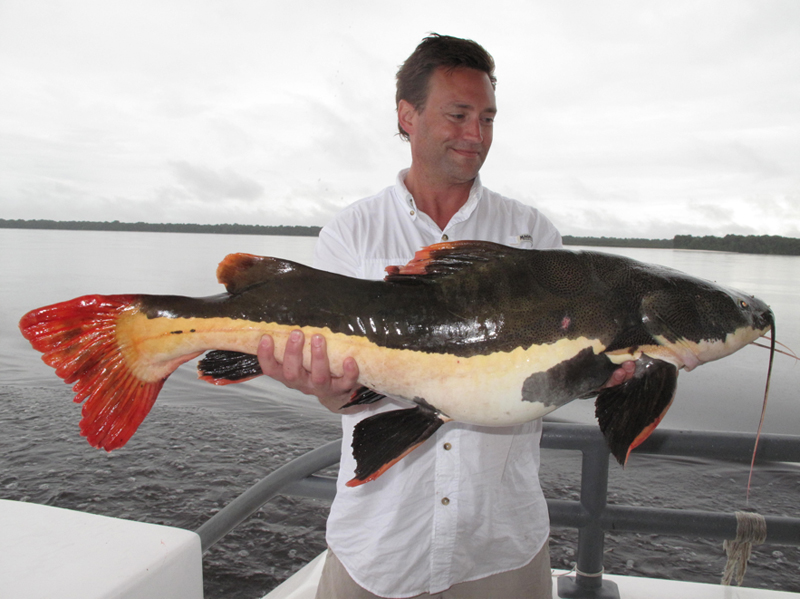
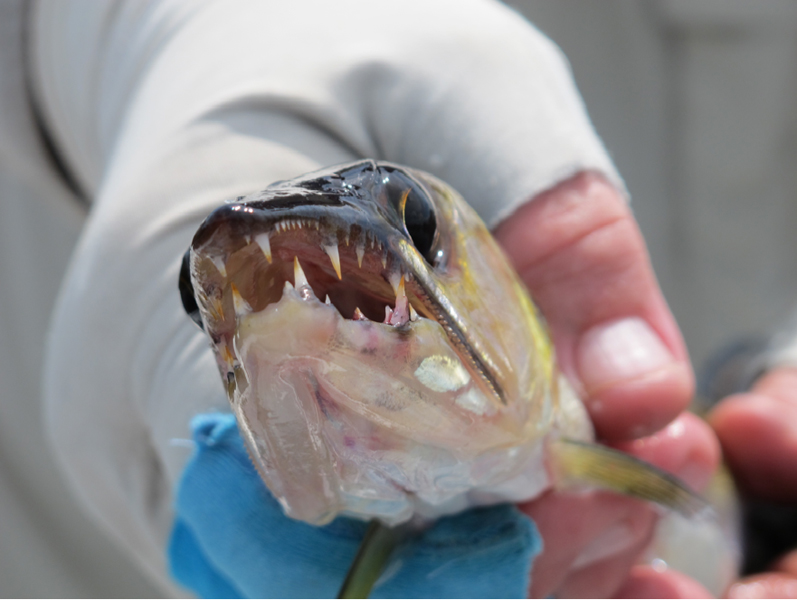
Often referred to as a freshwater barracuda due to its tenacity, the bicuda is caught on jerkbaits and crankbaits as well as flies. They can reach up to 30 inches in length and weigh up to 15 pounds. Like most fish in the Amazon, they can be found under and around submerged structure when anglers visit in the dry season. During the rainy season the river can swell 30 vertical feet higher, scattering fish everywhere.
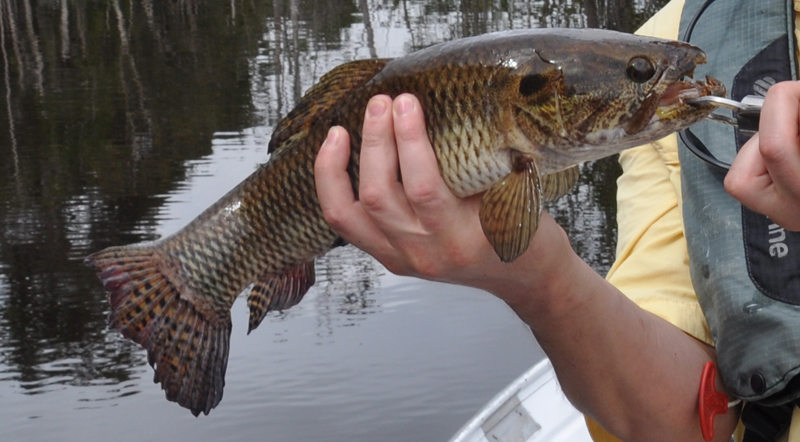
The traira or dog fish is an elongated powerhouse species that can grow to 18 inches in length and weigh up to 3 pounds (mine weighs almost 3). They're generally caught on jerk baits and flies. The traira's mouth full of spikes is why guides treat them with more respect than piranha.
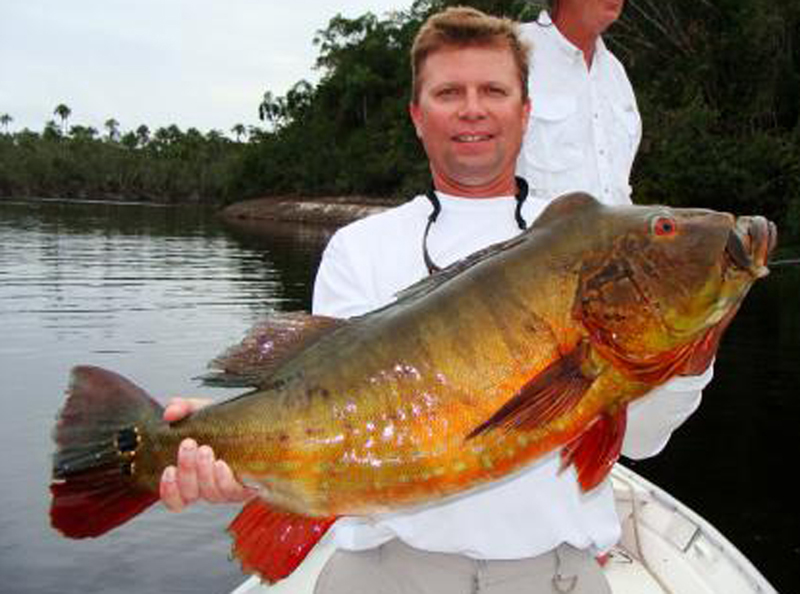
The big four species of peacock bass are what drive most anglers to the Amazon. This royal, or barred peacock, weighed an impressive 28 pounds. The world record is 29. Peacocks will strike big 7-inch, Wood Chopper topwater lures or trolling flies with the enthusiasm of a marlin. Peacocks favor structure near shore and jungle overhangs. Although referred to as bass because of their appearance and fighting style, peacocks are actually members of the Cichlid family.
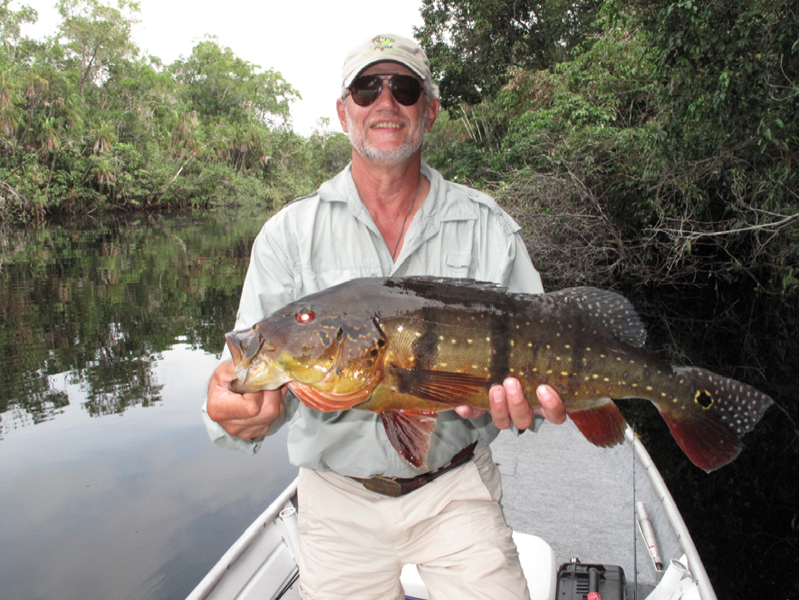
This near 20 pounder speckled or paca peacock was caught by former Texas Ranger baseball pitcher and Capt. Peacock Director of Sales & Marketing Jim Kern. The paca's speckled covering helps conceal this ambush predator among sunken debris. All peacock species hit hard, occasionally jumping 4 to 6 feet above water on the strike.
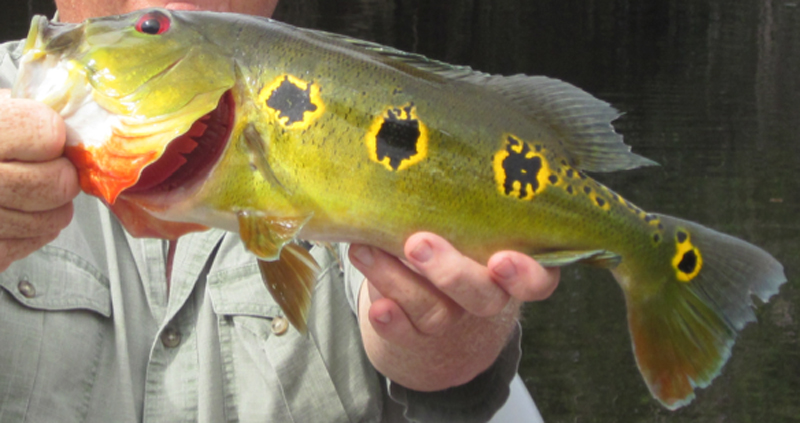
All peacocks, like this butterfly variety, will use structure to their advantage. When hooked, they'll try to wrap themselves into the brush three or four times over.
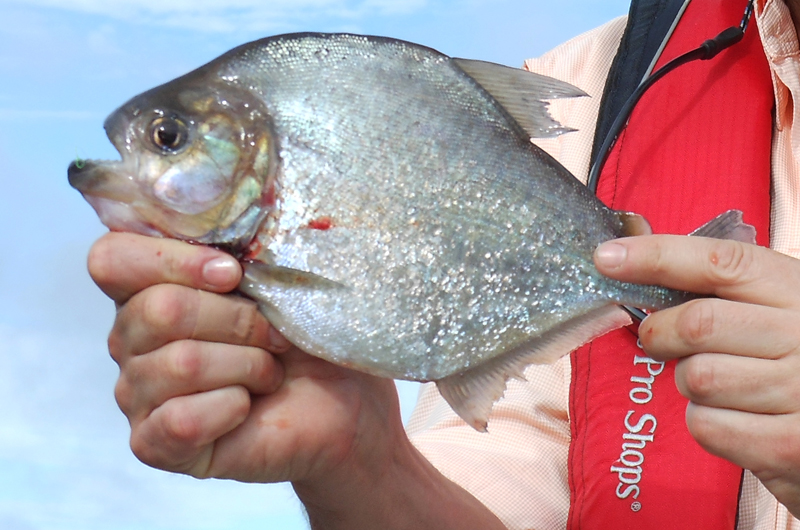
Although their ferocious nature is often exaggerated, black piranha will hit a fly like a bat out of hell. Black, white, and red piranha will strike Rattle Traps and small jerk baits as well as cut or live bait. On the upside, these are probably the best tasting fish in Amazonia. On the downside, their teeth can strip flesh in a second and rip through a fly or leader just as quickly.
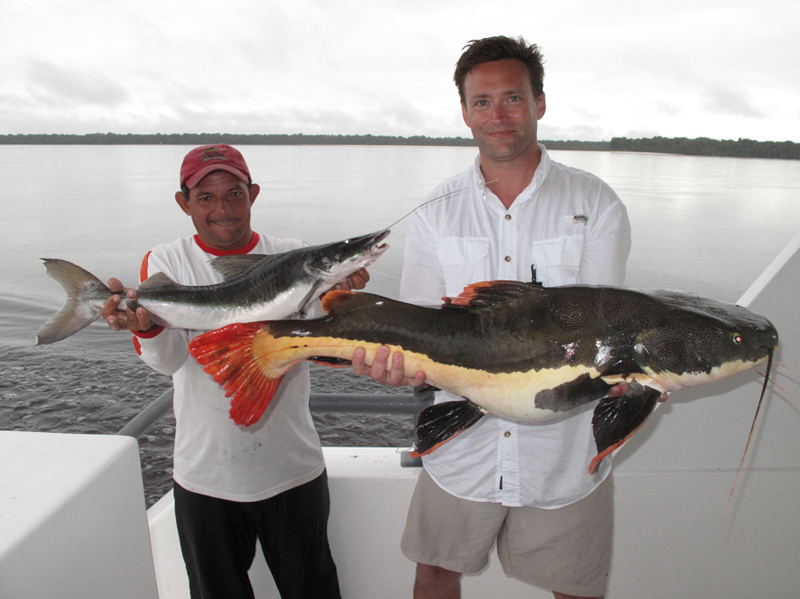
I was lucky enough to catch two of the major Amazonian catfish species during my week in Brazil, the piraiba or giant catfish (left) and the pirarara or red tail catfish. My piraiba weighed an unheard of 15 pounds!
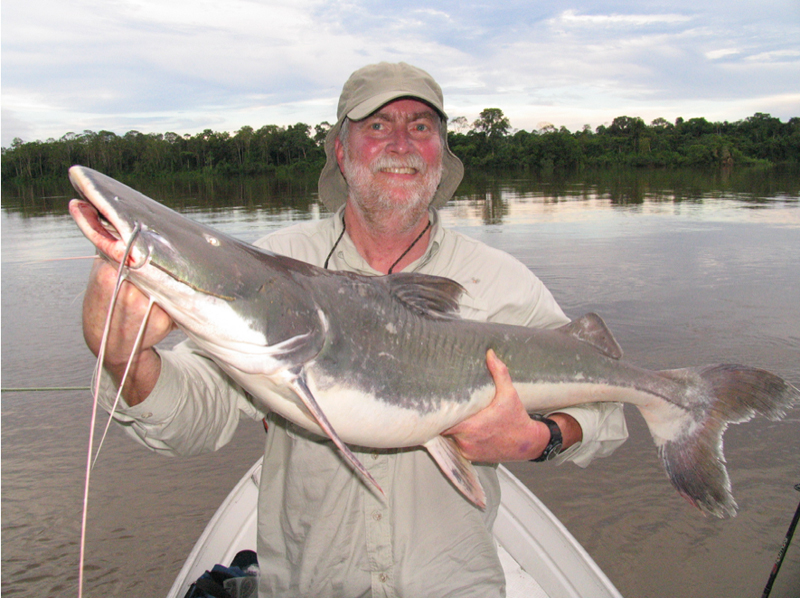
Unheard of because it weighed so little! The largest Piraiba ever caught on rod and reel weighed 295 pounds. This one weighed over 30 pounds. Amazonian catfish (all species) have firm, steak-like meat that's delicious. They taste nothing like US catfish. The meat doesn't even smell fishy. Aside from piranha, this is what I ate for most of my meals during the trip.
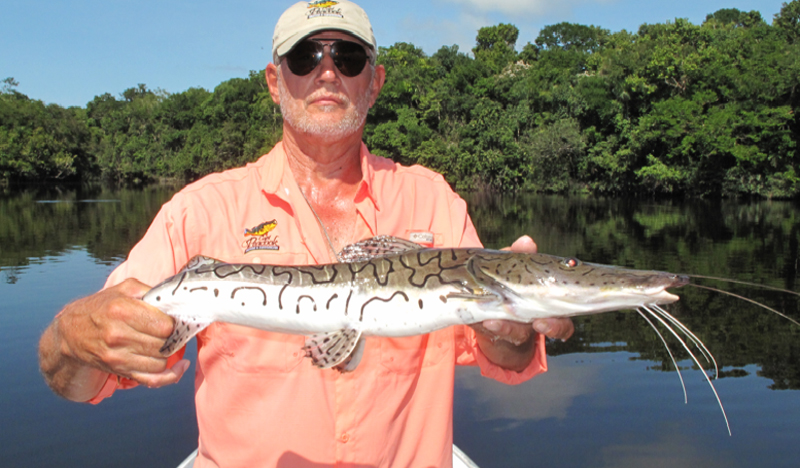
The barred sorubim or tiger catfish can reach upwards of 4 feet in length and weigh 100 pounds (20 is more the average). Like piraiba and the pirarara, tigers are often caught on cut fish like piranha.
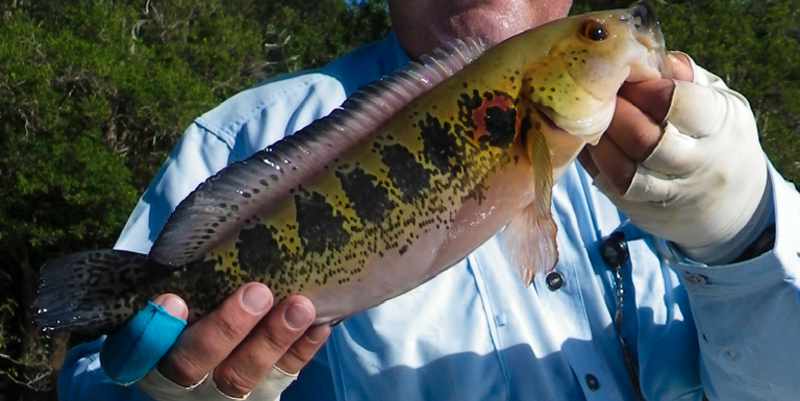
Like the peacock bass, the jacuda or rainbow bass is a member of the Cichlid family. It can weigh upwards of 5 pounds and is most often caught on small crankbaits or small bright flies.
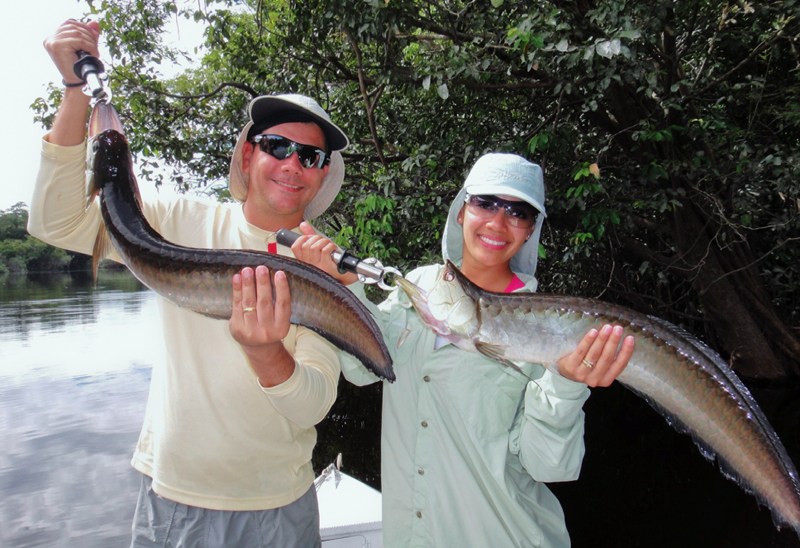
The Silver Arowana is known by American anglers as the water monkey due to its habit of jumping 6 feet or more when hooked. Also referred to as Amazonian tarpon, the silver arowana can reach speeds of 25 miles per hour. Although edible – and I hear quite tasty – arowana are generally released.
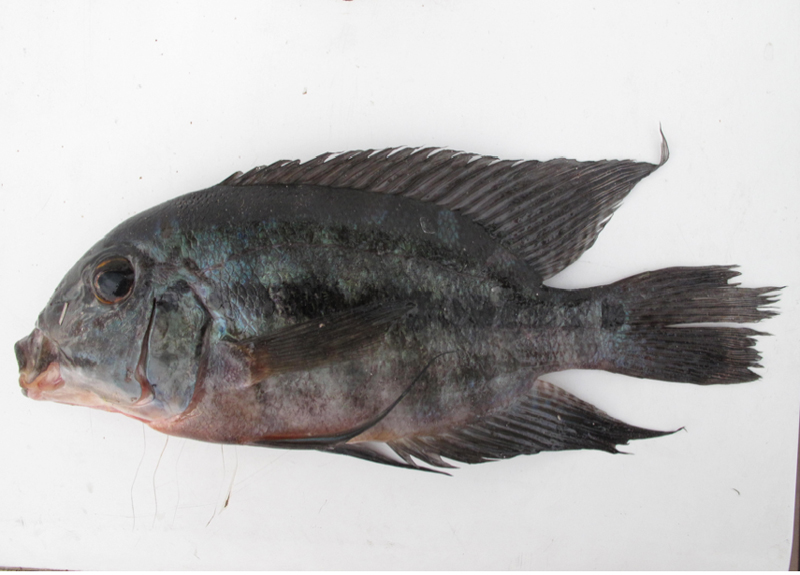
The pint-sized Oscar is most often caught on small crank baits and flies on light tackle. It's usually caught incidentally while targeting other fish.
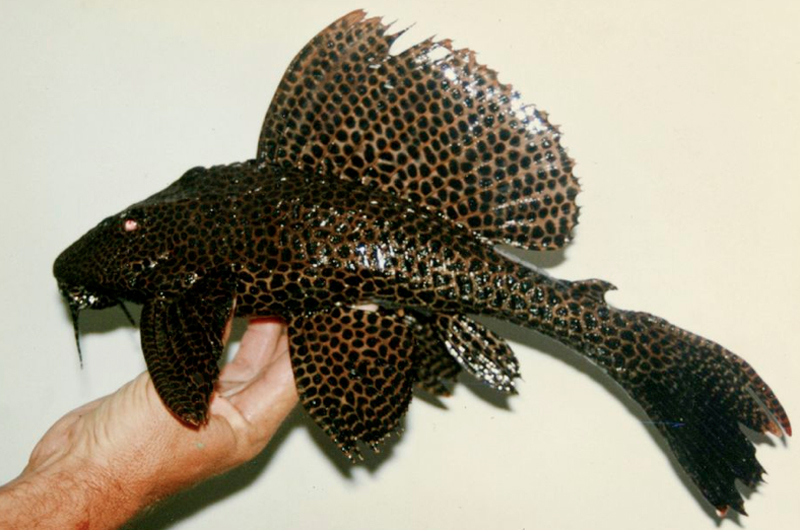
Given their mouth shape, plecostomus are very rarely caught on rod and reel. I'm told it tastes like lobster but then the guy that told me that had never eaten one. And, yes, this sucker is found in tons of freshwater aqauriums.
Gayne Young traveled to Brazil to chase the fish of the Amazon. Check out the 13 most interesting fish species he caught during his trip on the Rio Negro.
